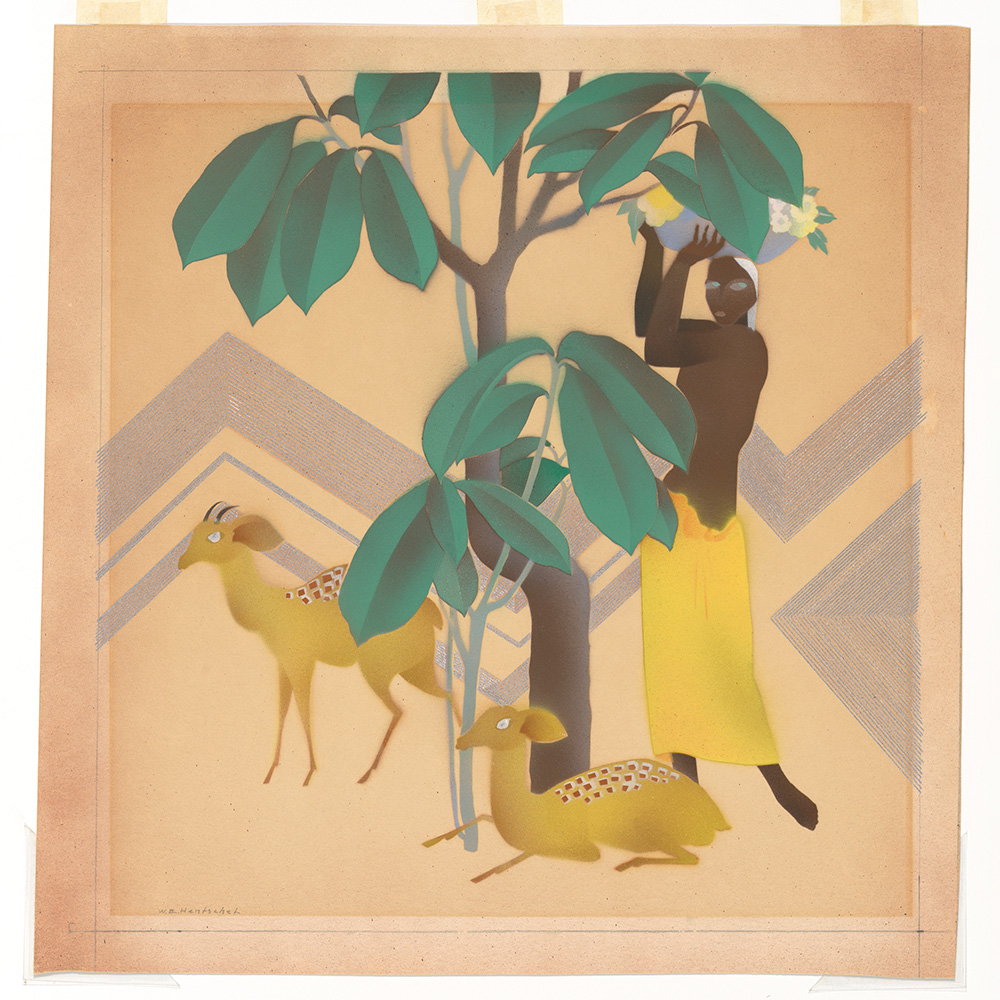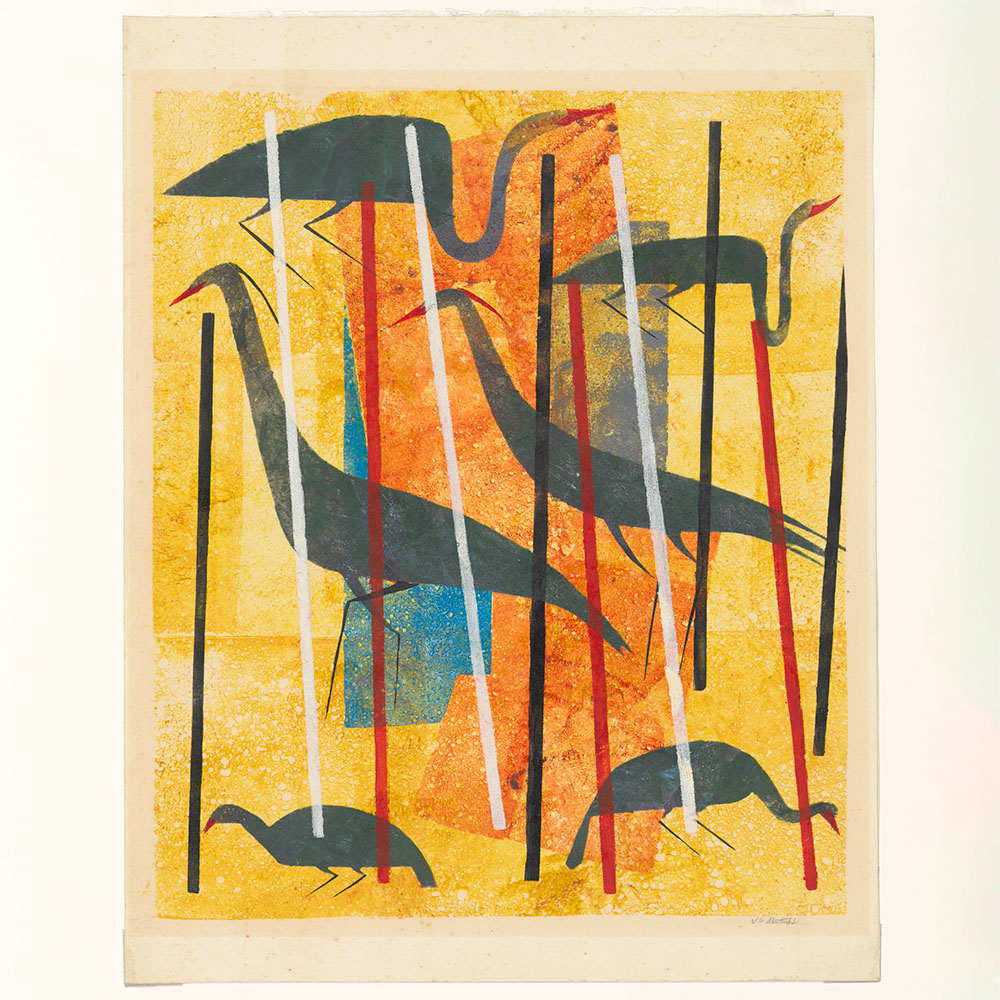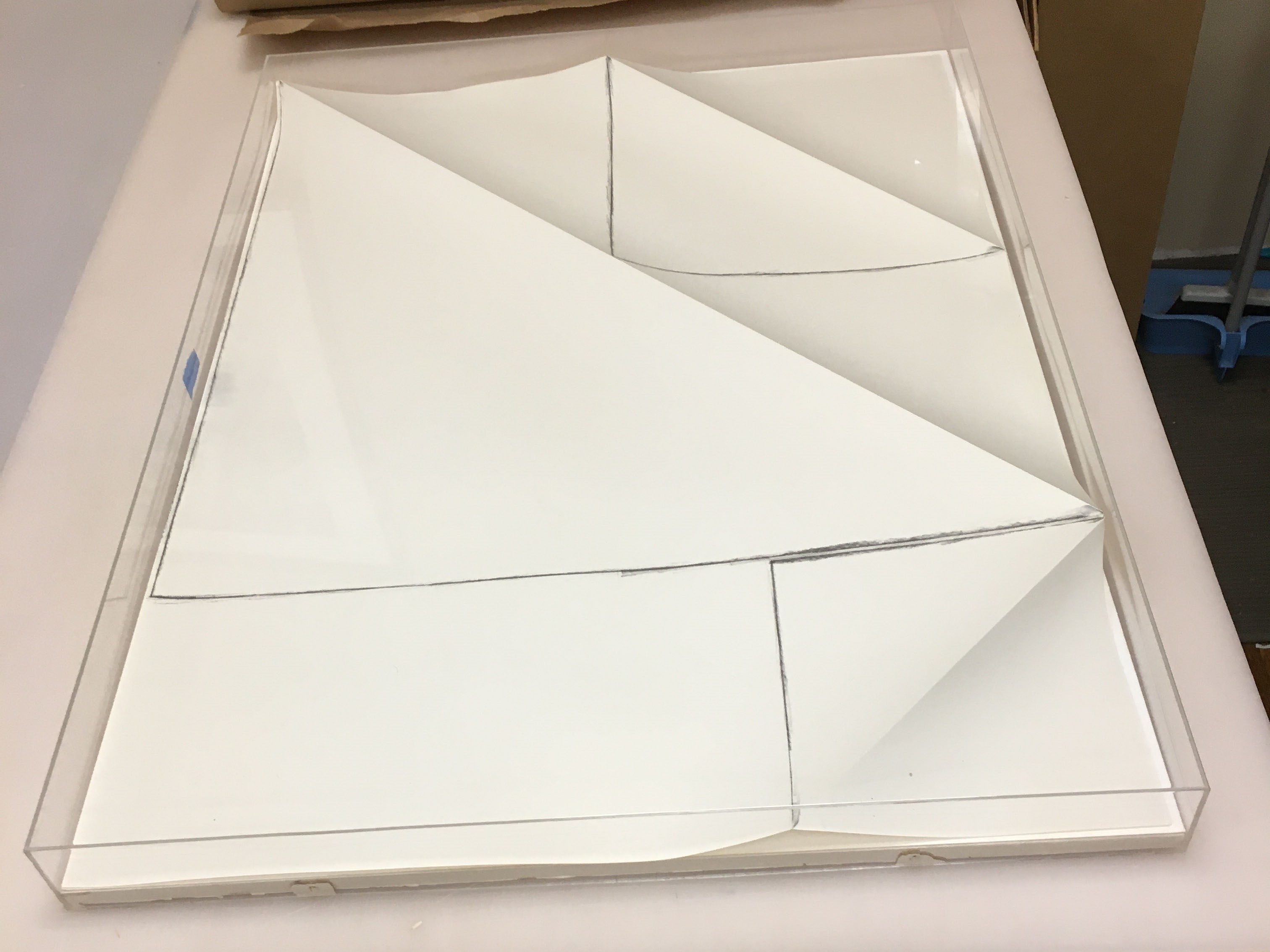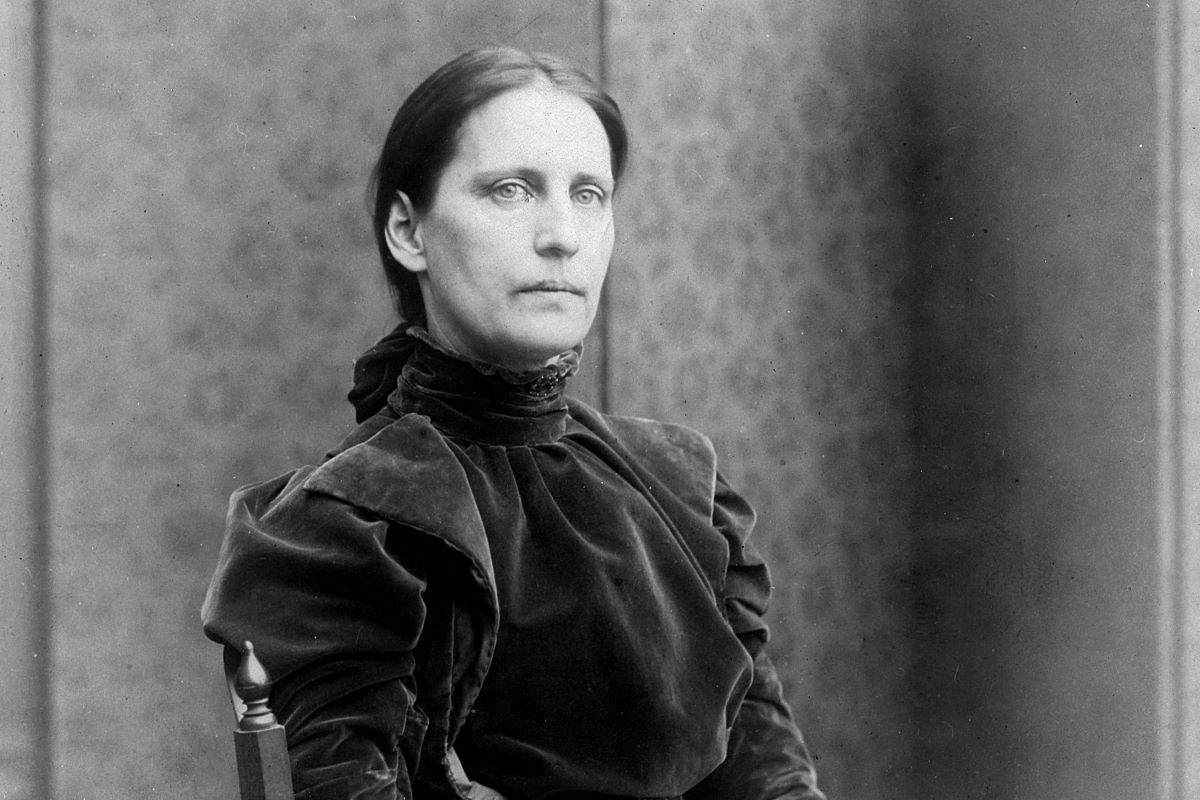- Events & Programs Home
- Calendar
- Accessibility
- Adults
-
Families & Teens
- Families & Teens Home
- 10x10 Teen Art Expo
- Art on the Rise
- Art Together: Art Making for Families with Children Ages 3–5
- Babies Sing with May Festival Minis
- Boy Scouts / Girl Scouts
- CAM Kids Day
- Family Storytime and Gallery Walk
- Family Studio: Art Making for Families with Children Ages 6–12
- Games in the Galleries
- Members-Only Baby Tours
- Public Baby Tours
- REC Reads
- Rosenthal Education Center (REC)
- Saturday Morning Art Class
- See Play Learn Kits
- Summer Camp
- Teen Fest: Zine and Comic Exchange
- RECreate
- Teachers
- Community Outreach
- Fundraisers
- Plan Your Own Event

- Events & Programs Home
- Calendar
- Accessibility
- Adults
-
Families & Teens
- Families & Teens Home
- 10x10 Teen Art Expo
- Art on the Rise
- Art Together: Art Making for Families with Children Ages 3–5
- Babies Sing with May Festival Minis
- Boy Scouts / Girl Scouts
- CAM Kids Day
- Family Storytime and Gallery Walk
- Family Studio: Art Making for Families with Children Ages 6–12
- Games in the Galleries
- Members-Only Baby Tours
- Public Baby Tours
- REC Reads
- Rosenthal Education Center (REC)
- Saturday Morning Art Class
- See Play Learn Kits
- Summer Camp
- Teen Fest: Zine and Comic Exchange
- RECreate
- Teachers
- Community Outreach
- Fundraisers
- Plan Your Own Event
Blog: CAM Uncovered
Blog: CAM Uncovered
- Home
- Plan Your Visit
- Art
-
Events & Programs
- Events & Programs Home
- Calendar
- Accessibility
- Adults
-
Families & Teens
- Families & Teens Home
- 10x10 Teen Art Expo
- Art on the Rise
- Art Together: Art Making for Families with Children Ages 3–5
- Babies Sing with May Festival Minis
- Boy Scouts / Girl Scouts
- CAM Kids Day
- Family Storytime and Gallery Walk
- Family Studio: Art Making for Families with Children Ages 6–12
- Games in the Galleries
- Members-Only Baby Tours
- Public Baby Tours
- REC Reads
- Rosenthal Education Center (REC)
- Saturday Morning Art Class
- See Play Learn Kits
- Summer Camp
- Teen Fest: Zine and Comic Exchange
- RECreate
- Teachers
- Community Outreach
- Fundraisers
- Plan Your Own Event
- Give & Join
- About
- Tickets
- Calendar
- Exhibitions
- Collections
- Blog
- Shop
Behind the Scenes in Conservation: Innovator of Printing and Design
by Cecile Mear, Conservator of Works on Paper
3/7/2024
CAMConservation , William E. Hentschel , paper conservation , air brush , printmaking , brayer painting
Two prints by William Hentschel came through the paper lab with old hinges and pressure sensitive tapes. I removed the attachments and reduced surface grime to prepare them for rehousing in good quality, rag mats. The conservation work was minimal and routine. The artist’s work, however, is unlike any other in the collection.
William Ernst Hentschel (American, 1892–1962) was an innovative designer who studied, worked, and taught in Cincinnati during most of the first half of the twentieth century. The museum recently added two Hentschel prints using techniques he developed and perfected. The artist used stencils to create the sharp-edged design elements. For the earlier print, Woman, Tree and Spotted Deer, circa 1930, Hentschel used an air brush to apply color, subtly modulating the flat colors to create slight three-dimensional forms. A writer for the Cincinnati Enquirer in 1931 described his prints thus: “The present ‘stencils’ are work of his leisure moments, prints in color blown onto paper with an airbrush. They have the ‘feel’ of the most exquisite of craft work—some such ‘feel’ as you get from a hand-illuminated manuscript [….] His stencils are ‘applied art’ brought into the domain of ‘fine art’.”
Hentschel applied colors to the later print, Birds with Long Necks, circa 1955, using a brayer, or printmaker’s ink roller. He described his prints from this period as “Brayer Paintings.” When these prints were first exhibited at Closson’s art gallery in 1956, an advertisement in the Cincinnati Enquirer declared, “The direct and irrevocable stroke of the brayer roller in one spontaneous mingling of jewel color, makes this form of painting unique and provocative, in its imagery and strength it has the essence of modern life, yet it carries the rare quality of antique treasures in the abstract symbols.” The full width of the brayer can be seen in the yellow background where the artist rolled on the oil-based paint before laying on stencils that define the birds and other shapes. Hentschel’s prints lie somewhere between prints and paintings. The design of each print in an edition is the same, but because of the way he applied the colors, each is unique.
Hentschel was prolific, creating many prints in small editions, drawings, textile designs, theatrical backdrops, murals, and ceramic designs. His prints are not currently on view, but two of his Rookwood Pottery designs can be seen in Gallery 114 and show similarities to Woman, Tree and Spotted Deer. (2012.77, 1973.458)

William E. Hentschel (American, 1892–1962), Woman, Tree and Spotted Deer, circa 1930, color stencil on paper, Museum Purchase with funds provided by Allen W. Bernard

William E. Hentschel (American, 1892–1962), Birds with Long Necks, circa 1955, color stencil on paper, Museum Purchase with funds provided by Allen W. Bernard in memory of Leo Harold Munick, 2023.79
Related Blog Posts


Cincinnati, OH 45202
Toll Free: 1 (877) 472-4226
Museum Hours
Museum Shop
Terrace Café
Library
Cincinnati Art Museum is supported by the tens of thousands of people who give generously to the annual ArtsWave Campaign, the region's primary source for arts funding.

Free general admission to the Cincinnati Art Museum is made possible by a gift from the Rosenthal Family Foundation. Exhibition pricing may vary. Parking at the Cincinnati Art Museum is free.
Generous support for our extended Thursday hours is provided by Art Bridges Foundation’s Access for All program.

General operating support provided by:




